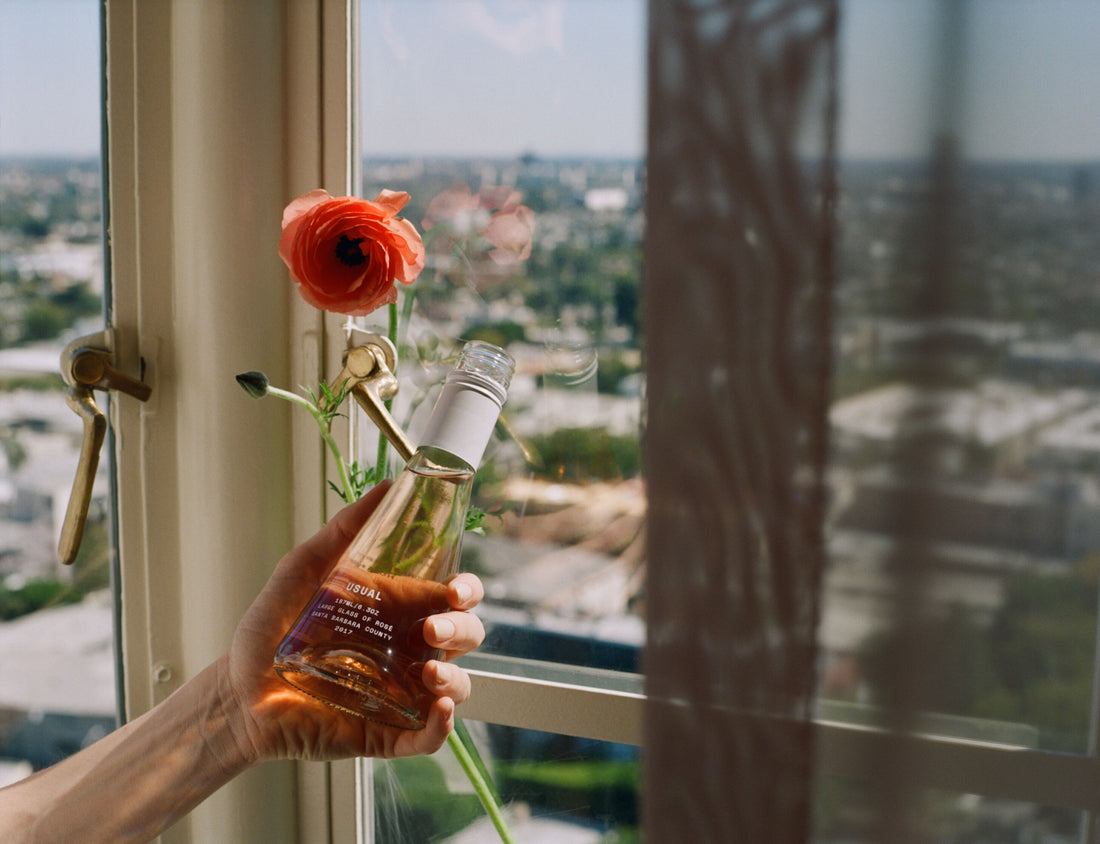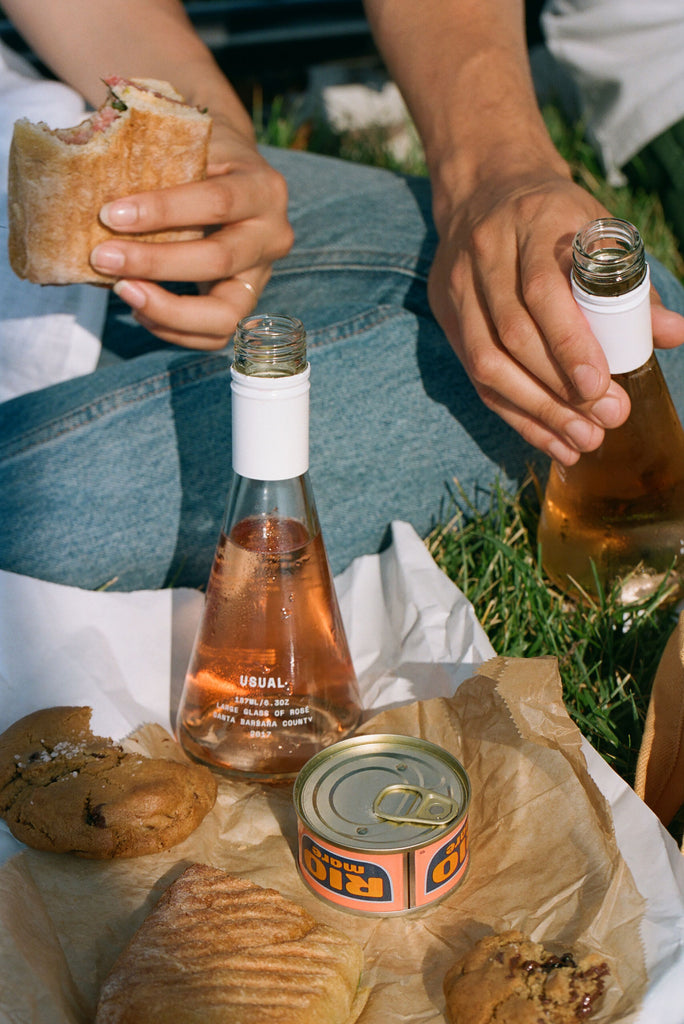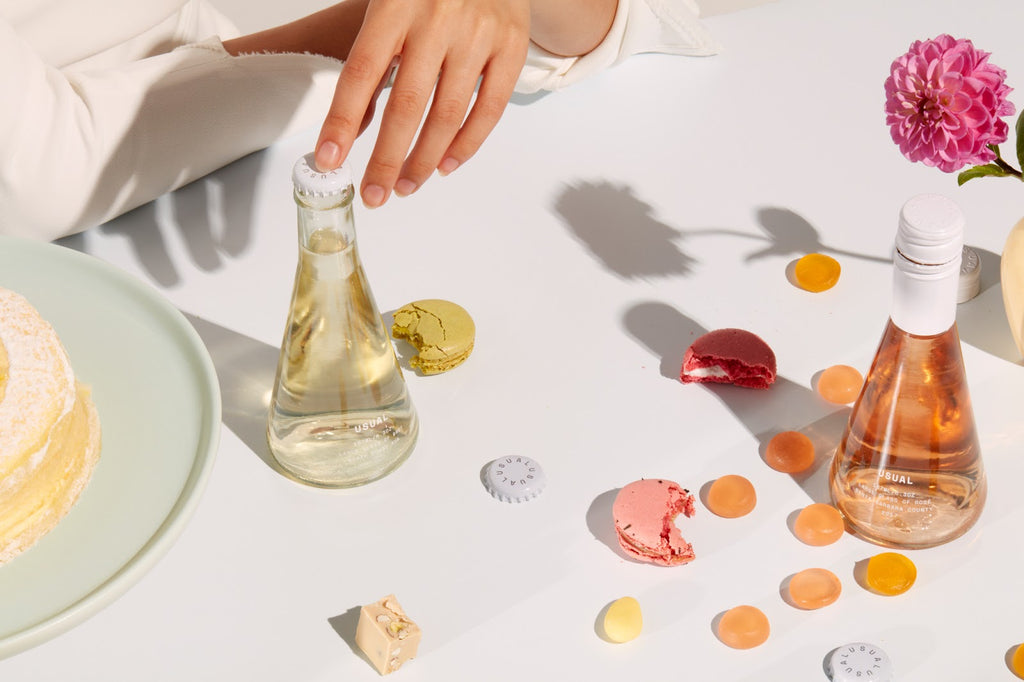
Wine Acidity: Understanding its Impact Acidity in Wine: Exploring Flavor Balance Wine Acidity: Key to Tasting Perfection
McKenzie HaganIf you’ve ever witnessed a baby tasting a lemon, you know the face-cringing look of bewilderment as the sour flavor hits their tongue for the first time. That sensation of the sharp, acidic taste hitting the mouth is like no other. Just thinking about licking a lemon may cause your mouth to pucker. And it’s this sensation that will help you determine the level of a wine’s acidity.
Acidity in wine is a crucial element of winemaking. This might be evident when tasting sharp white wines and brut Champagnes, but it's equally important in a robust red. Indeed, acid is present in all wines.
Let’s learn a bit about what role acidity plays in wine production, including where it comes from, how it changes a wine’s flavor, and how to choose a wine based on your acidity preference.
Identifying the Acidity in Wine
To understand acidity in wine, you’ll have to gather several samples. Prepare a few glasses of different types of wine, including red, white and rosé. Taste each one, making sure to cleanse your palate with water between each tasting.
As you taste each wine, close your eyes and focus on how your mouth reacts to each type. Pay special attention to whether your mouth puckers. If you’re left feeling like that poor unsuspecting baby, then you can be sure your wine is highly acidic.
The Role of Acidity in Wine Flavor

Think about what a squeeze of lemon can do for your gin and tonic, deep-fried fish, or even your tequila slammer. That dose of acidity heightens the other flavors and creates a sense of harmony in your mouth.
Without acidity, wine can feel and taste flat and flabby. A somewhat common term to describe wine, flabby means it’s heavy, dull, and unbalanced. That’s what acid does so well — it balances flavors.
Wine is at its best when the acid, tannins, sugars, and alcohol levels are in balance and harmony. Acidity is also an essential and natural preservative. Because of this, white wines (which are higher in acid compared to red wines) age better than other types of wine.
Why Does Acidity Exist in Wine?
Wine gets most of its acid content naturally from the grapes used to make it. However, if the wine has not reached the desired acid levels, it's common for winemakers to add tartaric acid to the wine prior to fermentation. This helps to balance the wine, stopping it from tasting overly sweet or “jammy.”
Winemakers can also experience the opposite problem, in which the wine is too acidic. To conquer this, wine producers use a process called malolactic fermentation. This mechanism converts harsh malic acid into softer lactic acid, thereby balancing the flavor of the wine.
Wine Acidity: A Guide to the Most Acidic Wines

To understand wine acidity, you may need to dust off your high school chemistry knowledge about the pH scale. To refresh your memory, the pH scale ranges from 0–14, with the extremes representing the most acidic and alkaline substances.
For instance, something highly acidic, such as lemon, has a pH level of around 1. Meanwhile, something highly alkaline (the opposite of acidic), like baking soda, has a pH level of about 8.
If we were to arrange different types of wine on the pH scale, starting with the least acidic, it would look something like this:
- Low-acid reds such as late-harvest, warm-climate wines from sweet, ripe grapes, or red wines that have been aged, which causes them to lose acidity naturally in the bottle.
- Full-bodied red wines, such as Cabernet Sauvignon.
- Medium-bodied red wines, like Sangiovese.
- Lighter-bodied, higher-acid wines, such as Pinot Noir and Grenache.
- Full-bodied white wines, like Chardonnay.
- Medium-bodied white wines, such as Sauvignon Blanc or Chenin Blanc.
- Light-bodied, highly acidic wines like Riesling, or brut sparkling wine and Champagne occupy the lowest spots on the pH scale. While all wines fall between 3-4 on the pH scale, these subtle differences influence their taste significantly.
While all wine falls between 3-4 on the pH scale, these slight differences are palatable and make all the difference in how they taste.
Climate's Influence on Wine Acidity
Because grapes become less acidic as they ripen, warmer climates will often produce wines with lower acidity. The high temperatures found in regions such as California, South Africa, and Australia cause grapes to ripen rapidly, reducing the naturally occurring acids and increasing the sweetness of the grapes and resulting wine. This is why tartaric acid is most commonly added to wines grown in warm climates.
By contrast, cooler climates such as Germany, France, and even the UK produce highly acidic wines with very little naturally occurring sugars. Some cool-climate grapes never reach their full ripeness, making their resulting wines tart and boasting an herbaceous quality.
German Riesling, the country's most well-known grape variety, is famous for its high acid levels. Grown predominantly in cooler climates like Germany, Alsace, and Austria, it's no surprise that Riesling has a low pH level. However, Riesling grown in the United States and Australia tends to produce a much sweeter wine due to warmer climates and different winemaking techniques.
Does Wine Influence Stomach Acid?

Thousands of people have gastroesophageal reflux disease (GERD), otherwise known as acid reflux. This condition causes highly uncomfortable sensations in the stomach after eating or drinking. While there has been speculation that alcohol consumption can exacerbate GERD symptoms, more research is needed as studies have been inconclusive.
Choosing wines with lower acid levels may or may not be a solution, as evidence for this is scarce. If you have acid reflux, monitor your wine consumption and look for patterns. Gut health is highly personal, and certain wines might affect you differently.
Acidity in Wine: A Matter of Balance
A good balance of acidity is essential for a great bottle of wine. While you may not purposely seek out highly acidic flavors, all wine has some level of acidity. These are mostly derived naturally from the grapes themselves, while some winemakers add tartaric acid to their wine prior to fermentation to balance the sweetness.
If you dislike highly acidic flavors, go for a full-bodied red wine. Remember to favor wines from warmer climates, which are more likely to boast those sweeter, fruitier flavors. And remember to pay special attention to the puckering of your mouth when you taste.
On the other hand, if you love crisp, tart flavors, opt for light-bodied white wines from cooler climates, such as Western Europe. Riesling and brut sparkling wines are always a good bet. For a sharp and deliciously dry option, be sure to check out the Usual Brut, which sparkles with notes of lemon, elderflower, and bergamot. To learn about what makes your favorite wine so great, check out the rest of the Usual Wines blog.








